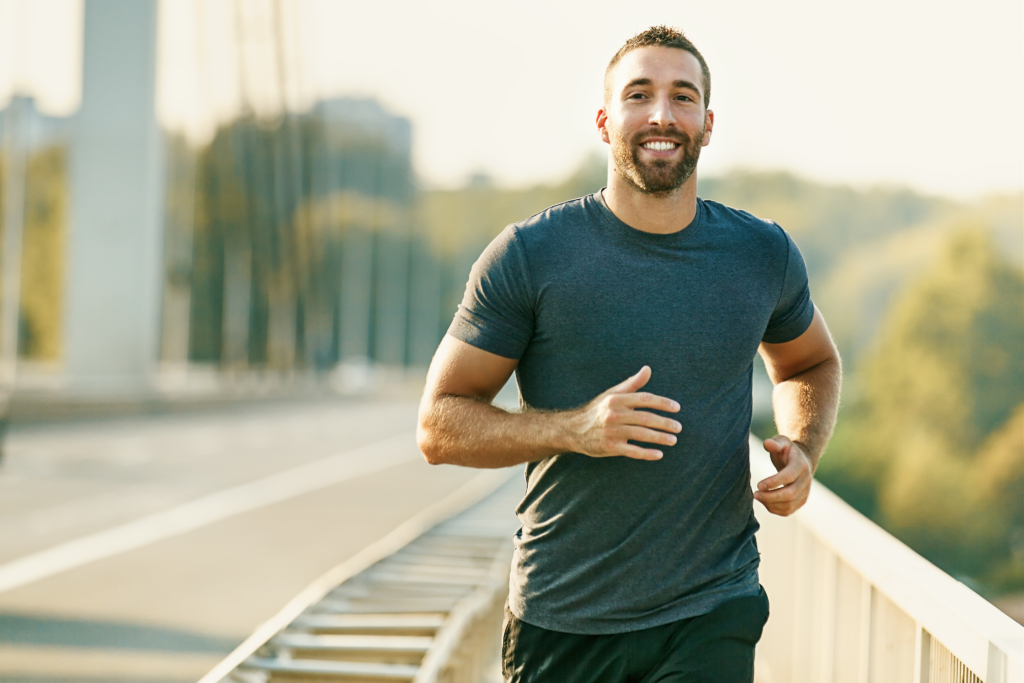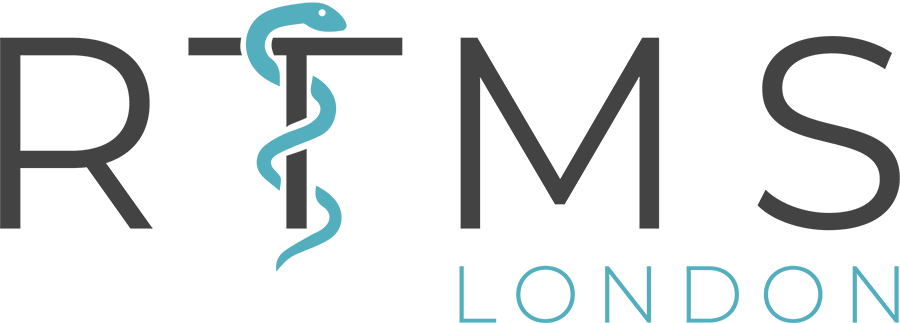
Iliotibial Band Syndrome
Iliotibial band syndrome (ITBS) is a common cause of pain in the lateral (outside) part of the knee. Also known as “runner’s knee”, ITBS is one of the leading causes of pain in long-distance runners, although it can also affect people in sports such as football, rugby or hockey. The condition is believed to be caused by the Iliotibial band – a thick band of connective tissue running down the lateral thigh – compressing tissues in the knee as it repetitively moves back and forth over them during the running cycle.

ITBS tends to have a gradual onset, rather than being related to a specific event, and usually presents with the following symptoms:
- Sharp pain on the outside of the knee during running, especially on longer runs, or when running downhill
- Tenderness to touch on the outside of the knee
- Inflammation in the area (redness, swelling, heat)
- Occasionally a “snapping” sound can be heard on bending and straightening the knee
Why current treatments fail
Stretching – The Iliotibial (IT) band is an incredibly strong structure, made of dense connective tissue that is highly resistant to stretch. Studies have repeatedly found that attempting to stretch the IT band has no meaningful effect on its length, nor does it generally help with the symptoms of ITBS.
Massage – Massage is excellent at increasing blood flow to muscles, and helping them to feel more relaxed. However, as described above, the IT band is not a muscle, and will therefore not respond in the same way. Targeting certain muscles can be important in the treatment of ITBS, but massaging the IT band itself has limited value.
Foam roller – Due to the fact that ITBS is caused by compression of the tissues in the area, compressing these tissues further would not appear to be a sensible approach. To back this up, numerous studies have found that using a foam roller on the IT band does not significantly improve the symptoms of ITBS.
Exercise – Rehabilitation exercise should always be a key part of ITBS recovery. However, getting started with this can be difficult, as the increased sensitivity of the area post-injury can make any movements painful. People will often misjudge the intensity level that they are able to work at, and end up irritating the injury further.

Our solution
RTMS London are the first clinic in the U.K to offer Magnetic Shockwave Therapy (MST). This pioneering treatment uses electromagnetic pulses to target the nerves deep within the body, helping to both desensitise painful areas, and speed up recovery. Our expert team will work with you to reduce your pain, whilst simultaneously working with you to create a bespoke rehabilitation plan to get you back to what you love doing as soon as possible.

How it works
Our cutting-edge treatment is painless and simple, using the latest advances in medical research to effectively manage your condition. The electromagnetic pulses penetrate deep within the tissues, giving you pain relief and stimulating healing in a number of ways:
- Desensitising the nervous system – When the brain senses that a body part may be injured, it produces pain and increases the sensitivity of the area, in order to protect it from further harm. This causes the injured structure to become extra sensitive to any movement or touch, making active rehabilitation difficult. Our treatment interacts with the nervous system directly, calming both the local area and the brain, to allow you to start your rehab sooner and more comfortably.
- Blood flow – The stimulation of the nerves also causes the muscles in the area to contract and relax. This has the benefit of forcing blood in and out of the area – helping to encourage the healing process.
- Movement tolerance – Bending and straightening the knee is often painful with ITBS, making it difficult to train the muscles in the area. By electrically stimulating these muscles directly, we can reproduce many of the effects of training without any actual movement of the joint. This can help to condition these muscles and improve their tolerance to movement, ready for the next phase of rehabilitation.
Our team love to help patients get back to doing what they love, and won’t rest until an excellent clinical outcome has been achieved. If you have any questions about our treatment, or would like any more information, please do not hesitate to get in touch.
Get in touch
